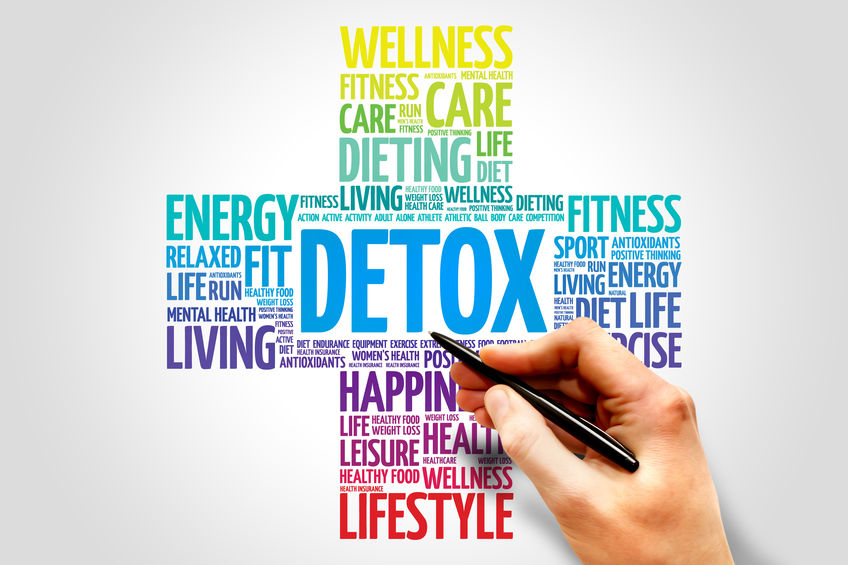For those of you who are Harry Potter fans you might remember the scenes of the creatures that conjure up images of “dementors” that take away human happiness and create paths of evil. Although the term “dementors” was not exactly used in Harry Potter the concept is similar when we speak of toxins. Many of us are familiar with carcinogens those substances that can lead to cancer. Dementogens is a name given to categories of toxins that can lead to dementia. Carcinogens have been identified previously by Dr. Bruce Ames who was able to identify substances in food, water, hygiene products and other substances in our environment that lead to cancer. Dr. Dale Bredesen has used the term Dementogens for those substances that can potentially be contributors to dementia. Unfortunately just like carcinogens these substances are ambiguous and can be found almost everywhere and each of us can be exposed without even knowing. Dementogens can basically be broken down into three distinct groups
1. Metals. These can include mercury, lead, cadmium and the metalloid arsenic as well as inorganic chemicals like fluoride, radon gas, air pollutants such as sulfur dioxide, nitrogen dioxide, ozone, carbon monoxide and many more
2. Organic Chemicals. These include pesticides, paint thinners, petroleum products to name a few.
3. Biotoxins. These are toxins that are produced by living organisms such as mycotoxins produced by molds. Although biotoxins are also organic chemicals, they are toxins, (which by definition are produced by living organisms) as opposed to Toxicants (which are not and by definition man-made chemicals). Biotoxins are a triple threat in that they exert a direct toxic effect, induce an immunologic response, and are often associated with infections by the organisms that produce the toxins.. For example chronic sinus infections from molds.
What is important to understand is that these exposures have an additive effect. For example anesthesia may temporarily overload the body with its inability to detoxify this can be reversed by both prevention strategies as well as incorporating detoxification strategies after.
All of the above “Dementogens” or toxic exposures can be measured in the body so that you know your personal exposure and levels. The key is prevention and incorporating regular health habits that help to reduce and eliminate the toxic burden. Listed below are steps to begin to decrease potential exposure.
1. No smoking and eliminate exposure to second hand smoke.
2. Limit exposure to environmental smoke such as wildfires.
3. If burning candles is what you like use beeswax as opposed to paraffin candles; as the later releases toxins such as benzene and toluene
4. Avoid prolonged mouth breathing. Our nasal passages filter the air and toxins. Mouth breathing increases gingivitis and lowers oxygen consumption. Breathing through your nose also warms the air which decreases lung irritation
5. Consider purchasing a HEPA filter as this filter the air of toxins and allergens.
6. Test your home for mold using an ERMI test This is a home kit you can purchase to determine if your home has toxic levels of mold https://www.emlab.com/services/ermi-testing/
7. Use a water filter. There are several good brands out there one is particular is called Aguatru because it includes both a carbon filter as well as reverse osmosis. Many times tap water can contain bacteria, fluoride, viruses and metals to name a few. The down side to reverse osmosis is there is water wasted
8. Avoid toxins in health and beauty products. Consider using the App “Think Dirty” This gives you an idea of what toxins are in each product. Also the Environmental Working Group Skin Deep Cosmetic Data Base is a good reference
9. Avoid dental amalgams secondary to their high mercury content. When removing they should be done 1-2 at a time and with protocols to detox as to avoid a large mercury exposure all at once.
10. Eat organic and grass fed as much as possible. Follow the Environmental Working Groups dirty dozen and clean fifteen.
11. Avoid Arsenic in foods. Avoid Hijiki seaweed CAFO poultry and rice as there are high levels of Arsenic in these foods
12. Avoid cooking at high temperatures as this produces advanced glycation end products (AGE’s) Fried foods such as french fries or eating chips are high in these products.
13. Choose cooking oils wisely. Cold pressed oils such as olive oil should be used at lower temperatures. Avocado oil and Ghee along with coconut oil can be used at high cooking temperatures.
14. Avoid plastics even those free of BPA and BPS as they can contain toxins such as phthalates, dioxins, vinyl chloride, ethylene dichlorine, lead, cadmium and potentially others. Use glass containers or stainless steel.
Utilizing this list can be beneficial to you in reducing your toxic exposure to potential dementogens.
Coming up next month will include steps to optimize your detoxification.



